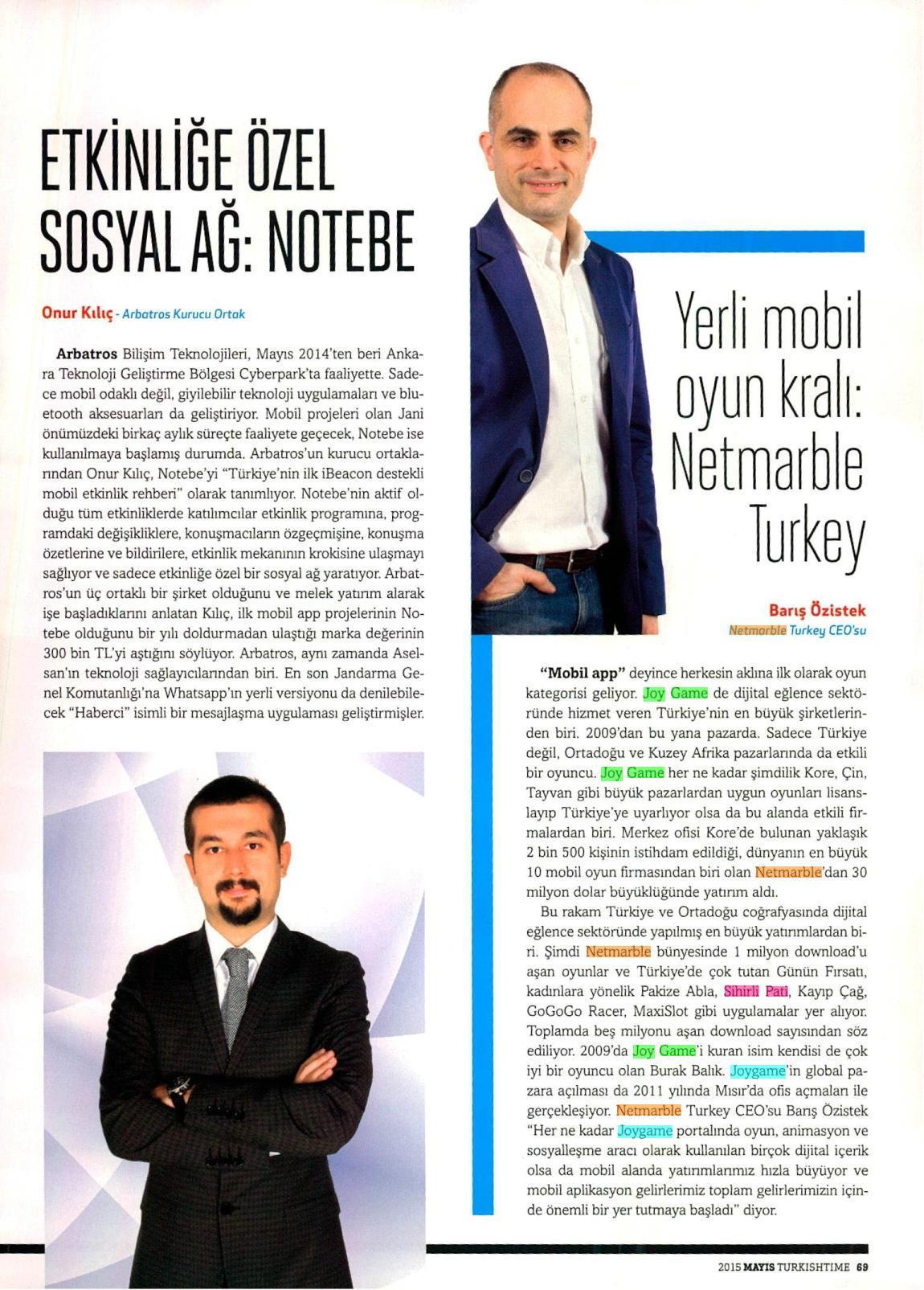All early stage investors agree that team is the main asset to invest but everyone also evaluates the idea, product, data, market fit and addressable market which means scalability. Gaming has a unique position among all other industries. This is a big IP (intellectual property) business but it’s hard to reach the big IP frequently. Important part is to develop games which will give you the necessary ammunition till you find the big IP. During that period, spending the resources in the most efficient way is also key to success.
We do the gaming business with passion but we also have to know how to read and understand the data, take action accordingly and when to drop if necessary.
Game Market vs Market by Genre
Market size is 200B USD including PC, Console, Mobile, Web and Blockchain Gaming. Half of that market is mobile. But, when you develop a mobile game, you don’t simply address 100B USD market !!
If a studio is developing a hyper casual game, it’s addressing over 3B USD market which is mostly generated by advertisement revenue, while a casual game is addressing over 20B USD annual revenue.
Mobile RPG games take the lead in terms of revenue again with over 20B USD. Sure, we should not forget the strategy games generating over 15B USD annually.
Big IPs generated more than $1 billion in lifetime revenue
There are more than 30 games which generated over $1 billion in revenue during their life time. If you did’t play at least some of them, it’ll be hard to understand and evaluate the game business and opportunities. I strongly advise to play the blockbusters;
- Lineage 2 Revolution (Netmarble): The first true mobile MMORPG with amazing content.
- Coin Master (Moon Active) – A social casino title which attracted the casual non-casino players.
- Candy Crush series (King) – King developed the industry standards but you’ve to play Toy Blast and Royal Match to see how Peak and Dream games developed a much better version.
- Puzzle & Dragons (GungHo) – You can’t understand the Japanese game market without playing that game
- Clash of Clans (Supercell) – A multi billion dollar revenue generating IP in strategy genre
- Monster Strike (Mixi) – An other great title from Japan which combines puzzle, strategy and RPG
- PUBG Mobile (Tencent) – FPS / Battle Royale game proving this genre can be developed on mobile successfully.d casual mobile game can generate over 20M USD annually with over 4M downloads — Such as, Archero
Development Efforts
The revenue expectation is mostly correlated with the investment made to develop and publish.
Hyper casual developers usually develop a prototype in every week and test it. If the results are promising, it takes 3-5 weeks to fully develop and launch the game. Casual game development will take 8 – 12 months while RPG titles require more time and resource for the initial launch and you’ve to ensure the sustainable development to fulfill the content expectations of the players.
We see 8-12 people in an average hyper casual studio, 20 – 35 people in casual studios and hundreds in MMORPG game development studios. Content creation needs time and resource. Briefly, you can’t develop a MMORPG game in a studio of 15 talents.

Key Metrics
1st day to 7th Day retention makes the significant impact in hyper casual games. Casual, strategy and RPG titles mostly focus on Day 30 to have an initial idea of the game performance. I’ve seen mid-core games highly profitable when they generate strong revenue in the first 30 days while they have day 30 retention at around 5-6%. Casual titles mostly reach big success if they see over 10% day 30 retention rate.
LTV (Life time value) calculation can always be challenging. It’s easy to calculate if the expectation of the genre is 14 – 30 days. But in casual to mid-core titles, LTV can be calculated up to 24 months. It’s a major prediction skill to make proper user acquisition if ROAS (return of ad spend) becomes positive after 6 months.
User acquisition (UA) performance became the key success factor in the last couple of years. Whatever the content quality the game has, if the LTV doesn’t beat the UA cost you can’t scale the game up to millions. Positive signs of initial CTR and CPI tests are just a green light for further development. Scaling will require advanced creative and digital marketing efforts after the grand launch and everyone should be ready to face the reality that the game will not be able to scale.
You’ll see many titles with reasonable day 1 retention rate but poor day 7. Mostly the comments are related with the lack of content. In such cases, playtime, session count and session time will give you more insight about the engagement of the players. You can also check the store and social media comments about what the players are saying.
Publishing a Mobile Game
- Advanced user acquisition capability is required to compete with the global competitors
- Creatives are the key to optimize UA efforts
- Proper app store optimization and in-game features help the organic growth
There are 2 aspects of live operations;
- Player support, customer support, social media management, store management
- Data based event, campaign & content management
Sure, besides all these the game should be amazing which means fun. Core loop should work properly and it should monetize at a certain level without additional efforts.
Disclaimer 😊
I’ve involved in multiple companies in the gaming industry such as;
- Joygame: One of the leading PC and Mobile game publishers. https://www.joygame.com/
- Boğaziçi Ventures: Leading Venture Capital in Turkey with multiple investments in game startups. https://www.bogaziciventures.com/
- UA Hero: UA and LTV prediction and optimization solution using AI. https://www.uahero.ai/
- UGC90: Builder empowering the game companies to enter GameFi & Metaverse worlds. https://ugc90.com/







